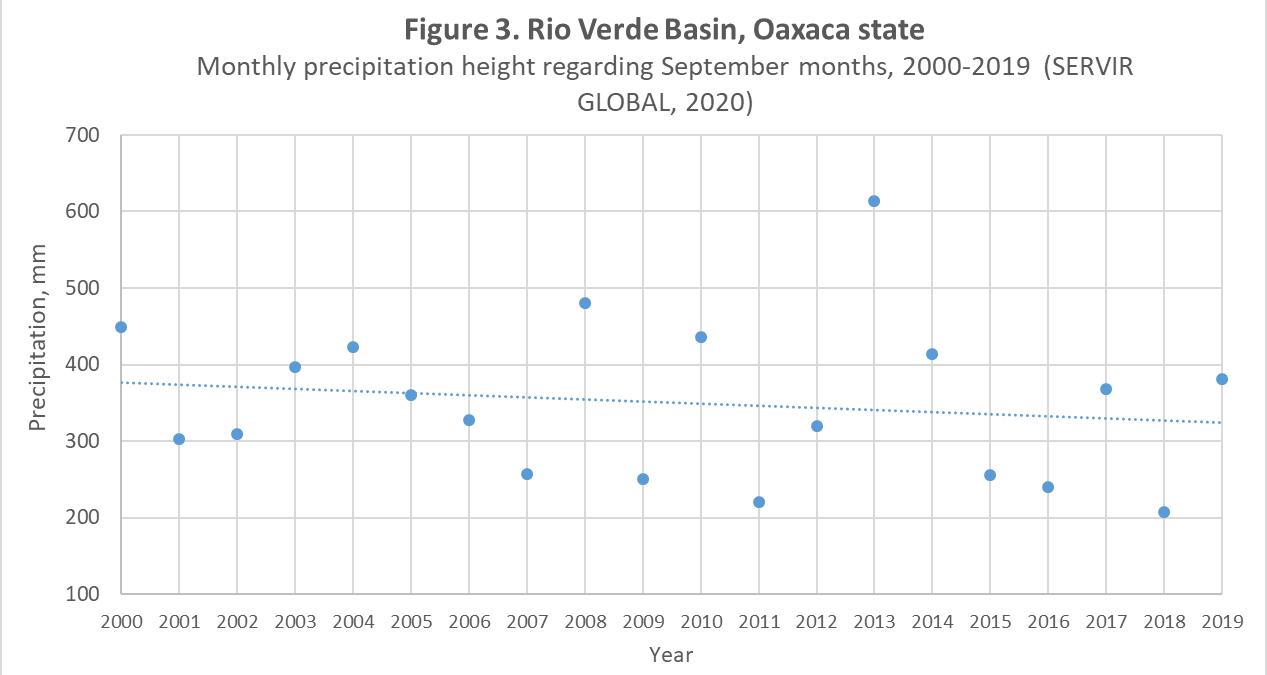
3 minute read
Temperature and Heat Waves
Climate change may intensify many of the threats that forests are facing. For example, droughts make forests more susceptible to fire and increase the chance of such events being intense and long-lasting (Union of Concerned Artists, 2020).
Deforestation is one of the main drivers of desertification or transformation of fertile land into a desert. While humans are the biggest driver of deforestation -- most often from cutting down trees to increase grazing or allowing over-grazing to take place by farm animals -- climate change exacerbates this process. Increasing air temperatures and decreasing rainfalls can lead to longer and more intense droughts, preventing the growth of vegetation (Intergovernmental Panel on Climate Change, 2019).
The Intended Nationally Determined Contributions (indc) constitute the efforts of each member country of the United Nations Framework Convention on Climate Change seeking to meet the global goal of reducing greenhouse gas emissions to a level that will not increase the Earth’s surface temperature above 2°C. This was adopted at the Conference of the Parties (COP) No. 21 held in Paris, France, in December 2015 (United Nations Framework Convention on Climate Change, 2015).
As part of its INDC, Mexico is committed to reaching zero deforestation by 2030 (Government of the Republic, 2015). However, during the last 19 years, the country has lost has lost 4 million hectares of forests, with a recent marked acceleration as 29% of the total loss occurred just in the last 4 years. (Fig. 1 (Global Forest Watch, 2019)).
Another tragic aspect is that out of the total amount of deforestation in Mexico, in 2001, the deforestation of primary forests accounted for 5%. However, by 2019, this percentage rose to 20% (Global Forest Watch, 2019) (Global Forest Watch, 2020).
The states with the greatest forests’ cover in the country (the Southeastern states and Yucatan Peninsula) are also those that have experienced the greatest deforestation in the last two decades (Global Forest Watch, 2017) (Global Forest Watch, 2019). Among them, for example, Oaxaca ranks 6th in forests’ loss during the 2001–2017 period (Global Forest Watch, 2017) with an accumulated loss of 288,000 hectares.
Thus, it is not surprising that in the RIo Verde Basin (south of Oaxaca), which accounts for 1,100 km2 (National Water Commission, 2017), the lowest June rainfall levels were recorded in 2019 since the last 40 years (SERVIR GLOBAL, 2020). A similar case is observed for the month of September, where the second-lowest rainfall levels in the last 40 years were reported in 2018 (SERVIR GLOBAL, 2020). It is worth mentioning that June and September are the rainiest months in the basin. In fact, the rainfall trends for both months have been decreasing in the last 20 years, as denoted in Figures 2 and 3.
On the other hand, in the adjacent Rio Atoyac-Paso de la Reina Basin, with an area of 5,800 km2 (National Water Commission, 2017), it may be observed that, the second lowest rainfall levels for the month of June in the last 40 years were reported in 2019, and the lowest rainfall levels for the month of September were recorded in 2018 (SERVIR GLOBAL, 2020). In addition, trends for both months have been decreasing in the last 20 years, as denoted in Figures 2 and 5.
With 10 years remaining to meet the deadline of having a zero rate of deforestation at the national level, it is necessary to reinforce compliance with the corresponding regulations and incentives for greater protection of forests in Mexico. It is not just a matter of accordance with international treaties: biodiversity and the livelihood of the next generation of Mexicans are being put at risk








